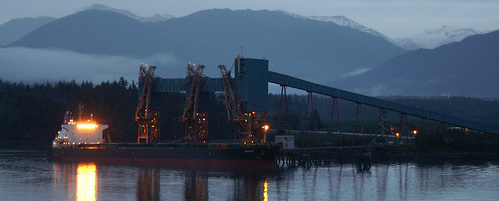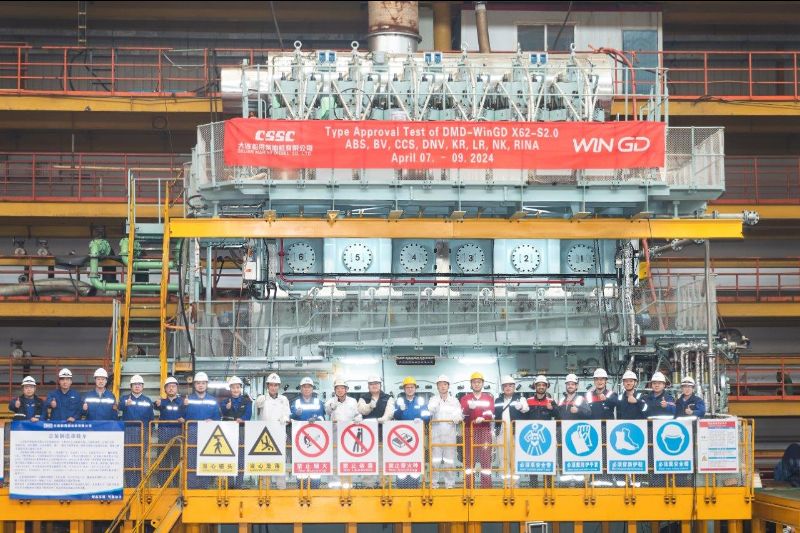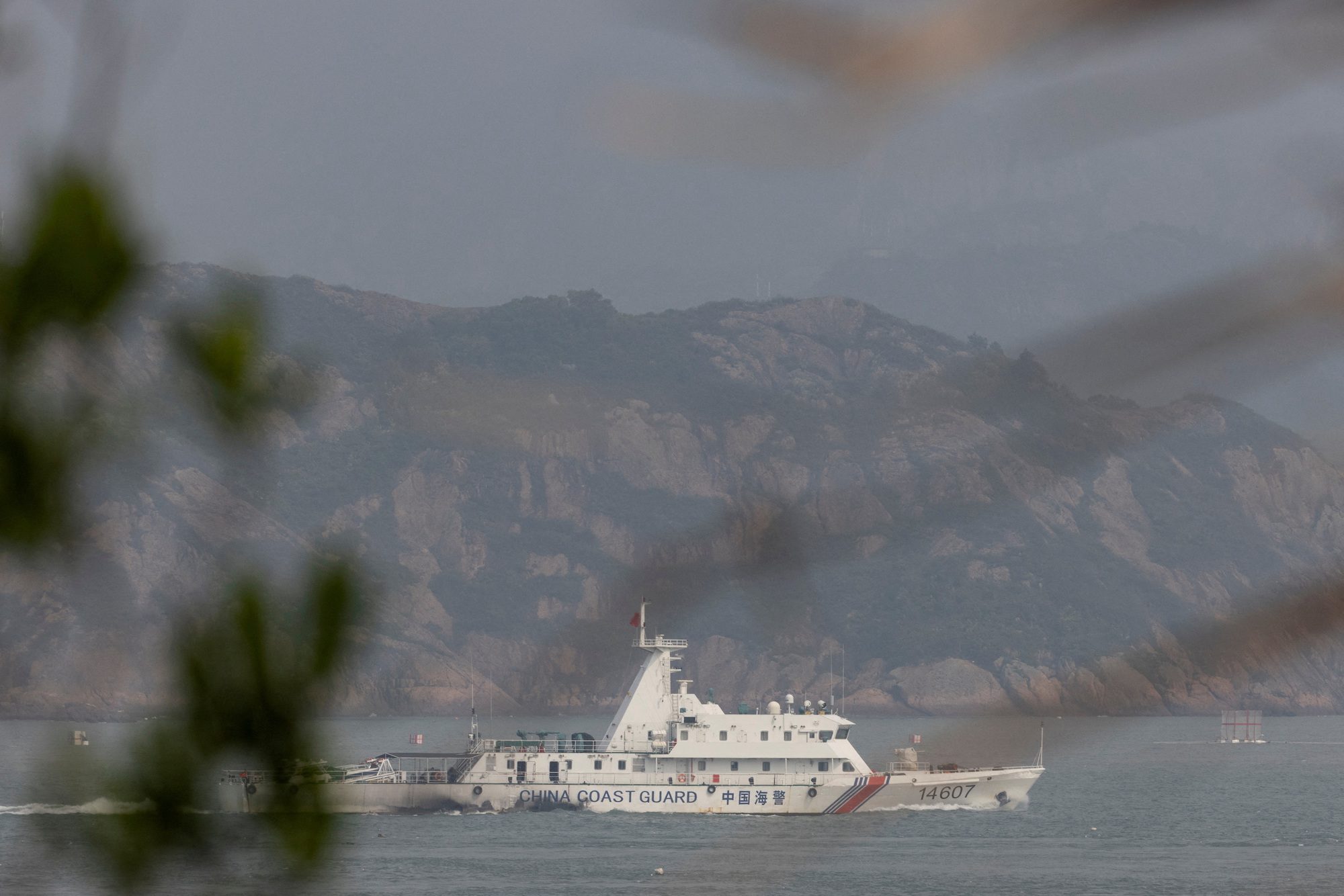A Surge At The Baltic Exchange

Photo by Timothy Hamilton
The NYTimes reports:
Since mid-2006, a confluence of powerful forces — from a shortage of ships to the seemingly unquenchable thirst by China for raw materials — has sent the world’s benchmark for shipping rates soaring 365 percent.
The meteoric, and at times volatile, course of shipping costs has grabbed the interest of Wall Street and focused attention on the tiny Baltic Exchange in London, where shipbrokers set the price for ferrying goods each day. As the exchange’s Baltic Dry Index of rates hovers near record highs, investment banks and hedge funds are entering the fast-growing market for financial instruments linked to the index.
The market for ships has heated up too. For the first time, prices of vessels meant to carry dry goods like iron ore and grain have eclipsed those for some oil tankers. Some owners are converting tankers to dry cargo ships. Others have begun trading slots in shipyards where new vessels are built. And prices of second-hand merchant vessels are leaping.
“It’s absolutely out of the ordinary,” said Nikos Nomikos, a professor of shipping risk management at Cass Business School in London and a former Baltic Exchange analyst. “Five years ago, nobody would have predicted that the market would go up by that much.” Continue Reading…

Subscribe for Daily Maritime Insights
Sign up for gCaptain’s newsletter and never miss an update
— trusted by our 109,153 members

Get The Industry’s Go-To News
Subscribe to gCaptain Daily and stay informed with the latest global maritime and offshore news

 Join The Club
Join The Club








